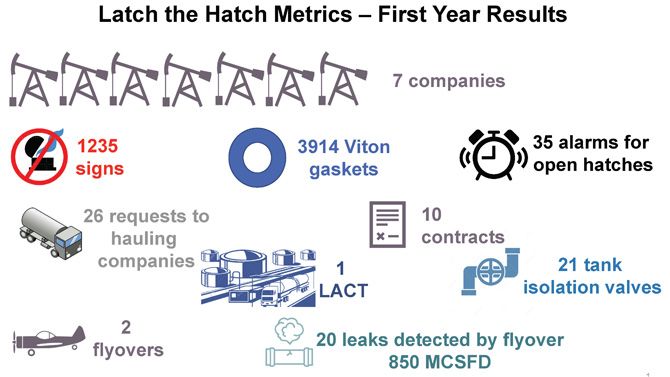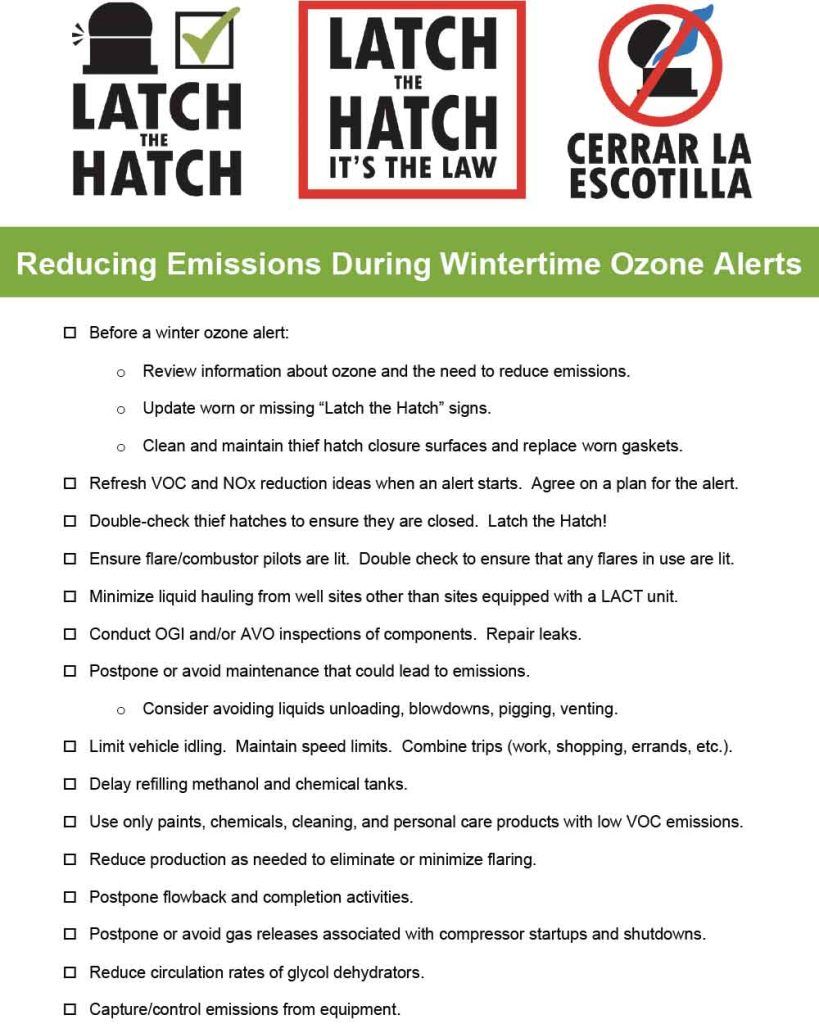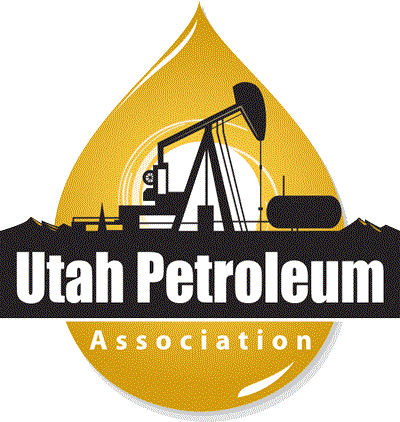As previously highlighted, the Uintah Basin struggles with a rare wintertime ozone challenge. Oil and gas emissions, specifically VOCs (volatile organic compounds) and NOx (nitrous oxides), contribute to ozone under certain conditions, specifically when there is enough snow cover and an inversion settles over the Basin. In 2021, UPA kicked off our “Latch the Hatch” effort. Latch the Hatch is focused on a number of actions that producers and crude haulers or trucking companies can take to reduce emissions that form ozone. One simple but critical item is keeping thief hatches closed, hence the name “latch the hatch,” but the program extends to a lot of other efforts to reduce emissions and enhance leak detection and repair.
In our first year of the program (last winter), we had seven companies sign up to voluntarily go above and beyond regulatory requirements to reduce emissions. Some of the very impressive metrics for the first year of the program include:
- Installation of a massive amount of signage on site, more than 1,200 new signs, both at the tank batteries as well as at the exits, reminding employees and haulers to keep hatches closed
- Replacement of more than 3,900 gaskets to avoid leaks
- Installation of more than 35 alarms to automatically notify operators if a hatch had been left open so that it can be promptly closed
- Twenty-six requests to hauling companies to join our efforts and education on the importance of keeping thief hatches closed
- Ten hauling company contracts with obligations to keep thief hatches closed
- Installation of a LACT (Lease Automatic Custody Transfer) unit, which allows product to move from the tanks to the haulers without opening thief hatches
- Twenty-one tank isolation valves to isolate single tanks in pads with multi-tank batteries in order to limit the fugitive emissions resulting from having to open a tank
- Two aerial surveys last winter (and more since) identified 20 new leaks that have been quickly fixed
We are incredibly proud of the significant work that has taken place over just the first year of this program and are excited about how much more we have accomplished since then. We are growing the number of participating companies and expect the vast majority of the Basin’s production to be covered by operators committed to Latch the Hatch. We have also commissioned more flyovers, found and promptly fixed more leaks, and installed additional LACT units and other investments to continue to tamp down emissions.
As we enter this year’s ozone season, we want to remind everyone to do their part. We have put together a flyer that encourages everyone to review and have a ready-made plan of what you and your team can do when you know an ozone event is likely. Sign up with USU’s ozone alert program to receive advanced notifications by scanning the QR code below.
Be ready to put that plan into action this winter and help us keep the Basin a healthy and thriving community for our industry!
Click the link to sign up with USU’s ozone alert program and receive advanced notifications of potential ozone events.
https://www.usu.edu/binghamresearch/ozone-alert










